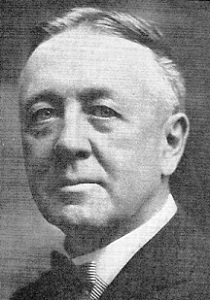 Walter S. Hibbard U.S. Military Telegraph Line  In a column by Donna Hunt dated April 25, 2012 for the Herald Democrat, she relates the news from Mr. Joe Obert of Montrose, Colorado that he, while out metal detecting in the area of an old Calvary fort outside of Montrose, had dug up what appeared to be soldier's dog tags with "W.S. Hibbard, Denison, Texas" engraved on them. Having found no information indicating that Mr. Hibbard had ever served in the military, she ended her article with the following request:  His 1947 obituary says that he learned the art of telegraphy at an early age. By the time he graduated from high school in Denison in 1878 he would have been well-qualified for his dual employment in the telegraph departments of the M-K-T and Houston & Texas Central railroads. After a year with the railroads. he resigned his position in June 1879. The Denison Daily News reported the following month that he had been elected secretary of the Lees, a new baseball club organized to compete with the Denison Blue Stockings. Two months later, presumably after the end of baseball season, he was preparing to take charge of an office of the military telegraph line somewhere in the Indian Territory. 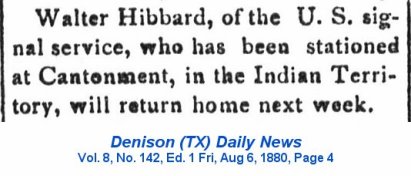 Another snippet from the Denison Daily News, dated early August 1880, reports that Walter "will return home next week" from his post at Cantonment in the Indian Territory. A cantonment is any temporary encampment for troops, but Cantonment with a capital "C" was a specific place. Established in the spring of 1879, it was on the North Canadian River, about halfway between Fort Reno and Fort Supply. It may or may not have been the location of the same telegraph office that Hibbard had taken charge of the previous September. 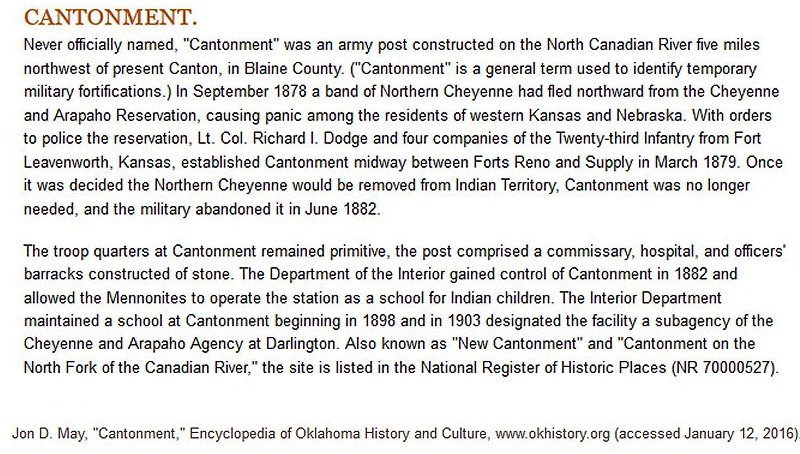 The August 1880 newspaper clipping says he was with "the U. S. signal service." Its formal name is the United States Army Signal Corps (USASC). Established in 1860, the Signal Corps assumed responsibility in 1867 for military telegraph operations, which originated shortly after the outbreak of the Civil War. By 1879 the Corps had constructed, and was maintaining and operating, about 4,000 miles of telegraph lines along the western frontier. 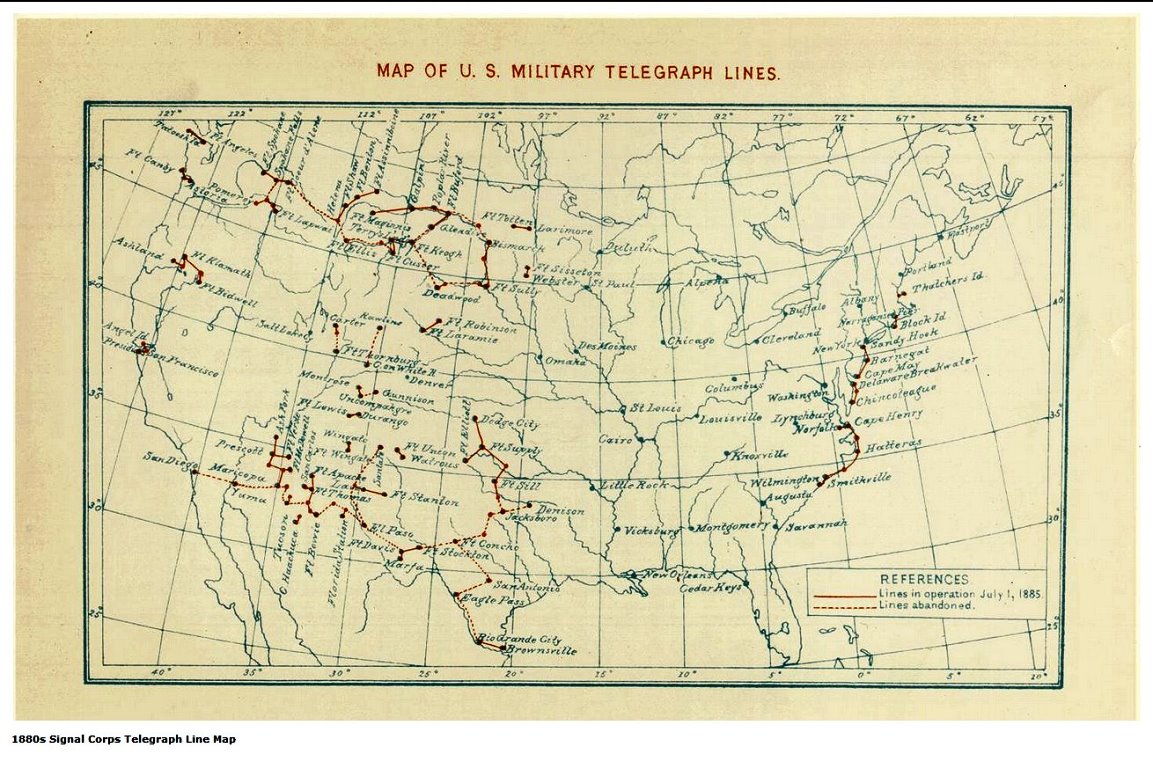 Hibbard's post in Northwestern Indian Territory was no great distance from Fort Lewis in Colorado or from the cantonment on the Uncompahgre River, about 100 miles farther north (see map). Telegraph communication between Fort Lewis and the town of Durango, about 12 miles away, was completed in September 1881. The line connecting Cantonment on Uncompahgre (renamed Fort Crawford in 1886) to the nearby town of Montrose was probably constructed not long after the Army arrived there in 1880. If Walter Hibbard participated in the construction and/or maintenance of telegraph lines in Southwestern Colorado in the early 1880s, that could account for the discovery of his dog tags on the site of Old Fort Crawford 130 years later. 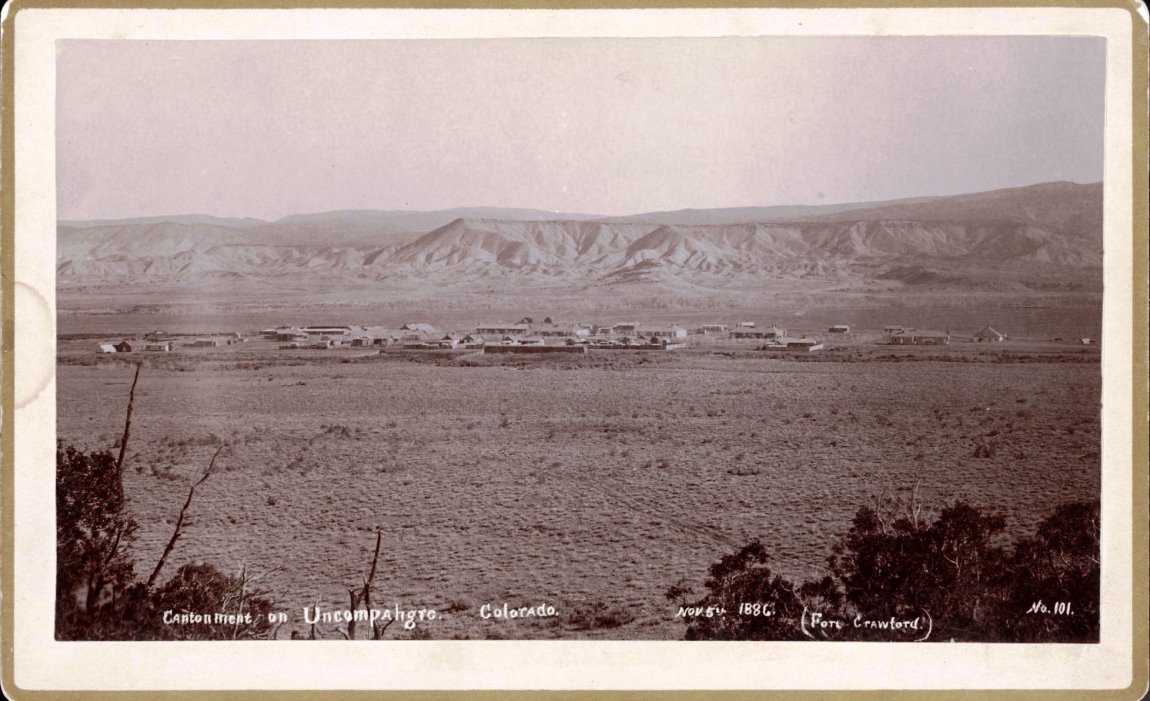 I was not able to determine exactly how long Hibbard remained in the Signal Corps. After August 1880 his name does not appear in the Denison newspapers again until the spring of 1883. By that time he was back in civilian life, less than four years after his initial appointment to the Indian Territory in September 1879.  Biography Index Susan Hawkins ©2025 If you find any of Grayson County TXGenWeb links inoperable, please send me a message. |